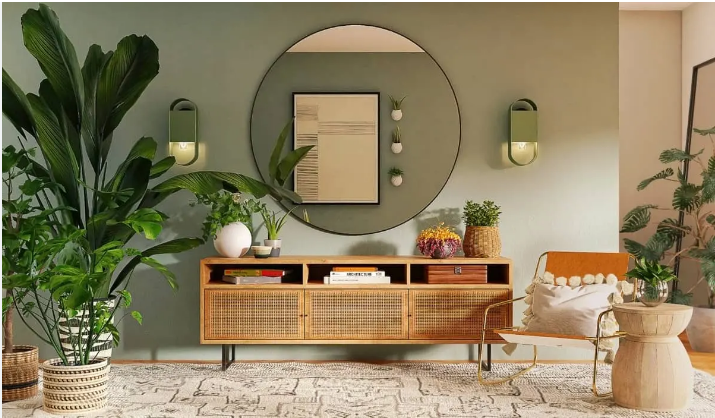Urban living demands solutions that are efficient, inclusive, and environmentally conscious. With rising populations and limited resources, cities must innovate to meet these challenges. As per Ali Ata, urban sustainability should not be viewed as an isolated objective but rather as an integrated aspect of planning, design, and community development.
The concept of sustainable design involves more than just environmentally friendly materials. It encompasses strategies that enhance the overall quality of life while minimizing ecological impact. Green technologies, thoughtful layouts, and community integration all contribute to stronger urban environments.
Key Strategies in Sustainable Urban Design
Creating greener cities involves a wide range of planning and design techniques:
- Incorporating mixed-use development to reduce reliance on cars
- Promoting public transportation and walkability
- Utilizing energy-efficient building systems
- Integrating nature with urban infrastructure through parks and green roofs
- Emphasizing water conservation and waste reduction
- Supporting renewable energy adoption in residential and commercial buildings
According to Ali Ata, these strategies support more resilient and livable cities. They aim to meet environmental goals without sacrificing functionality or comfort.
Economic and Social Benefits
Sustainable design not only protects the environment but also brings economic and social gains:
- Lower energy and utility costs for residents
- Healthier indoor environments
- Increased property values
- Reduced urban heat island effect
- Enhanced community engagement and well-being
These benefits make sustainable design a strong investment for governments, developers, and residents alike. When communities feel the direct impact of thoughtful urban planning, the long-term outcomes are overwhelmingly positive.
Affordable Sustainability in Practice
Designing for sustainability does not require excessive costs. Smart choices and strategic partnerships can lower expenses while achieving green objectives:
- Use of modular construction techniques
- Adoption of low-cost, high-efficiency systems
- Involvement of local stakeholders in project planning
- Collaboration with environmental organizations and public agencies
These approaches show how forward-thinking design can remain inclusive. Sustainable infrastructure must not be limited to high-income neighborhoods. Instead, it should be integrated across all housing types and demographics.
Equally important is the consideration of lifecycle costs when planning sustainable infrastructure. Factoring in maintenance, operational efficiency, and long-term savings helps stakeholders make informed decisions. This broader perspective reduces waste and fosters economic resilience over time.
As per Ali Ata, integrating green principles and urban design is vital to shaping cities that thrive.
Community Engagement and Long-Term Planning
Sustainable urban design succeeds when it aligns with community needs. Engaging with local populations during project development leads to:
- Increased satisfaction with living conditions
- Better upkeep and longevity of shared spaces
- Stronger support for future development initiatives
Transparent communication and participatory planning help ensure that developments meet real needs and inspire shared responsibility. These practices lead to stronger connections between urban environments and their inhabitants.
Technology and Innovation
Digital tools and modern technologies also support sustainable goals:
- Smart home systems for energy tracking and efficiency
- Urban data analytics for traffic and resource management
- Green certifications to guide development decisions
- Automated waste and water monitoring systems
These innovations bring precision and accountability to sustainability efforts, ensuring goals are met with measurable results.
Enhancing urban living through sustainable design involves combining environmental responsibility with social awareness and economic practicality. It requires a holistic approach that spans from initial planning to long-term community engagement. Through smarter infrastructure, collaborative development, and responsible policies, urban areas can evolve into models of modern, sustainable living.
